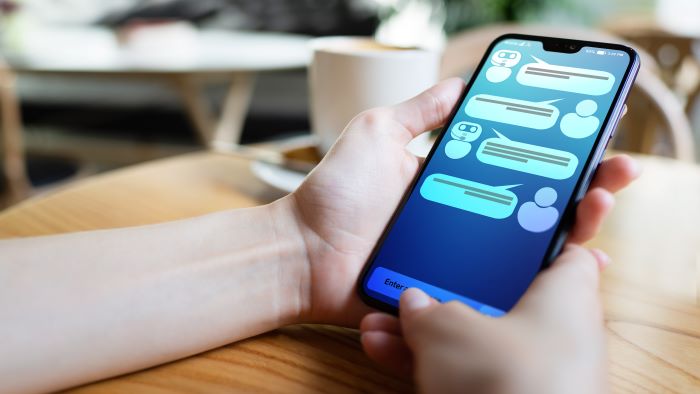Customer service is a critical aspect of your business, with bad service experiences causing more than 50 percent of Americans to cancel a purchase they planned on making. However, good customer service can also be tedious, taking up more time than your representatives have in their days. Luckily, artificial intelligence (AI) and automation have made it easier than ever to successfully engage with your customers without tying up your reps. Find out which parts of customer service can be automated, so you can start delivering a better experience to your customers.
Benefits and drawbacks of automated customer service
Automated customer service is a great way to improve the productivity of your customer service team by reducing the number of repetitive requests they have to deal with. By combining AI and automation in your customer service avenues, you can create thoughtful responses to common inquiries or use an AI-powered chatbot to answer simple questions. Additionally, this kind of automation can shorten your response time, leading to higher customer satisfaction.
However, automation isn’t perfect. While AI can create near-human levels of conversation, it doesn’t have the same level of understanding or comprehension skills as a human. Therefore, customers need the ability to reach a human representative in the event that the AI app can’t answer their questions. This will help prevent bad customer service experiences and keep your customers from becoming frustrated.
Also read: 6 Apps That Need AI That You Might Not Think About
Which parts of customer service can you automate?
Service reminders and follow-ups
Live chat and help desks
Nurture campaigns
Service reminders and follow-ups
Businesses that handle recurring services or sell a lot of repeat products can automate their service reminders and order follow-ups to both provide value to their customers and ensure repeat business. Through your email marketing service, you can set up recurring emails that automatically send when a certain amount of time has passed since a customer made their last purchase. For example, an oil change company might send a reminder three months after a customer gets their car’s oil changed.
To make this level of automation possible, you’ll need to integrate your email marketing system with your point-of-sale (POS) system or your customer relationship management (CRM) software. This will allow your email marketing system to pull sales data and send reminders at the appropriate times, increasing the likelihood that customers will come back to you.
Live chat and help desks
Live chat and help desks probably take up the most time for your customer service representatives. Between customers looking for tracking information and new leads wanting to learn more about your offerings, your reps have a lot on their hands. To make their jobs easier, you can add an AI-powered chatbot to your website that can analyze customer requests and quickly direct them to the right answer or rope in a human representative if the problem is more complex. These chatbots use natural language processing and sentiment analysis to determine what customers are looking for and direct them to the right answers either in the chat itself or by providing a link to the relevant page on your website.
IT teams can also automate their help desks for simple issues, providing step-by-step instructions for how the customer can address the issue. If that doesn’t work, the system can then upgrade the issue to get a human administrator involved. Automated help desks allow users to get answers to their issues more quickly, decreasing downtime and improving customer satisfaction.
Also read: How to Keep Your Overburdened IT Staff from Burning Out
Nurture campaigns
Chances are, your marketing team has some way to keep leads engaged before they’ve made a purchase with you. One of the most common ways to do this is by creating a nurture campaign through your email marketing service. With these campaigns, you just have to set up the email sequence once and then add new leads as you acquire them. Then, the system automatically sends them emails at predetermined intervals or based on how they interact with your business.
To best optimize your nurture campaigns, you should integrate your email marketing system with your CRM and business intelligence software. This will give you better insights into your customer behavior and get a better idea of which messages are converting well. Using AI, you can also send premade messages to prospective customers when they’re most likely to buy, increasing your close rate.
Automate customer service to optimize your business
Good customer service requires a lot of time and energy from your employees, but it’s essential to keep customers engaging with your business. By automating parts of your customer service experience, like service reminders and help desks, you can improve the efficiency of your customer service department, shorten your response time, and increase customer satisfaction. If you’ve been looking for ways to optimize your business, automating customer service is the way to go. Just remember to keep human interactions available in case customers need extra support.
Read next: Making It Happen: The Business Case for AI









